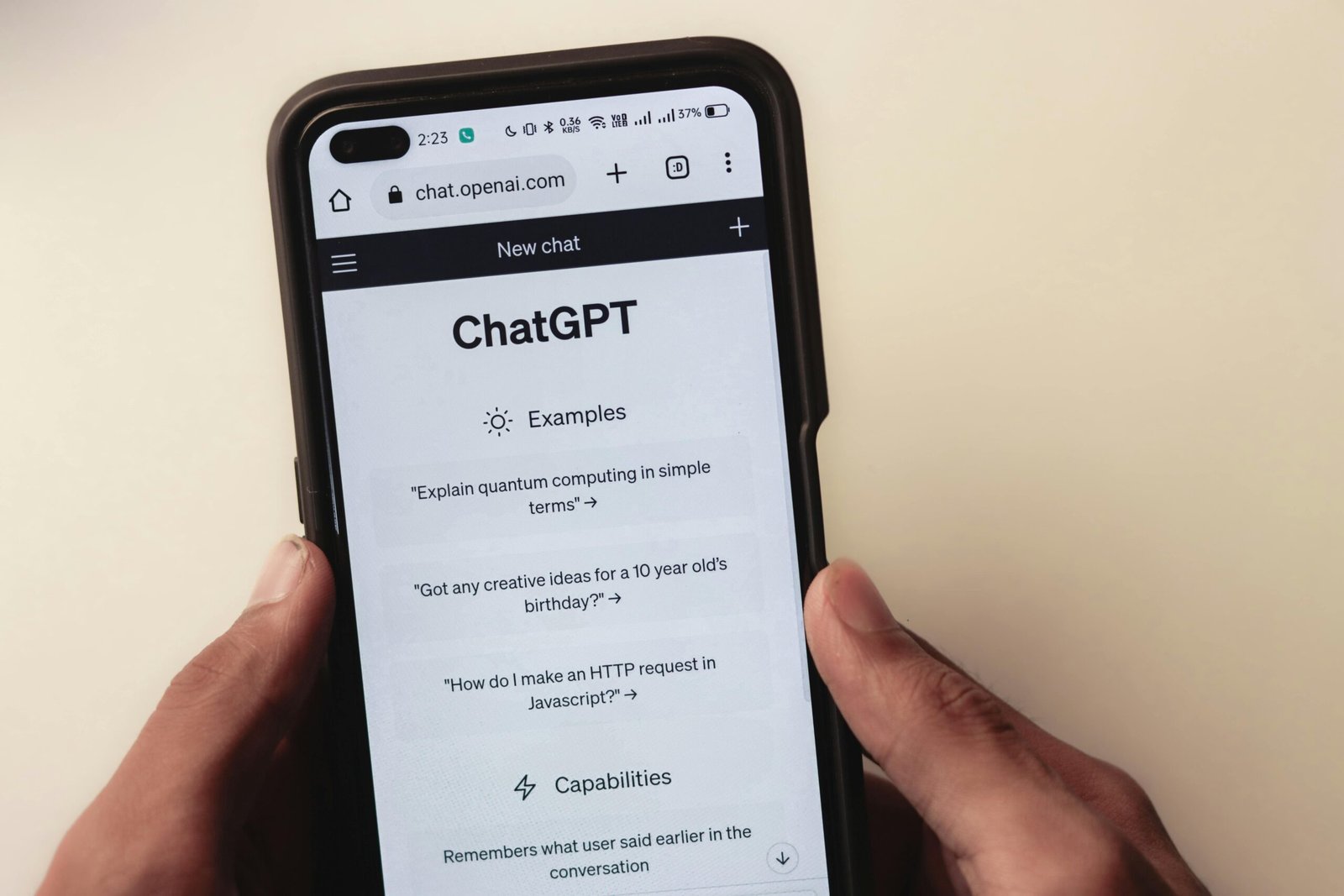Pat Gelsinger Ditches OpenAI for DeepSeek: The AI Revolution Just Got Real
DeepSeek’s R1 Model: The Game-Changer That’s Shaking Up the AI World
When DeepSeek dropped its open-source AI reasoning model, R1, the tech world went into overdrive. Nvidia’s stock took a nosedive, and DeepSeek’s consumer app skyrocketed to the top of the app stores. But this isn’t just another tech story—it’s a seismic shift in the AI landscape. And Pat Gelsinger, the former Intel CEO and current chairman of Gloo, is leading the charge.
“Thank you, DeepSeek team.”
Pat Gelsinger on X
Why DeepSeek’s R1 is a Big Deal
DeepSeek trained R1 using a data center packed with 2,000 of Nvidia’s H800 GPUs—in just two months and at a cost of $5.5 million. Last week, they published a paper showing R1’s performance matches the world’s most advanced reasoning models. But here’s the kicker: it’s cheaper, faster, and open-source. While competitors like OpenAI and Anthropic are locked behind closed doors, DeepSeek is tearing down the walls.
- Lower Costs = Wider Adoption: Gelsinger says this is the first lesson the tech industry needs to learn. Affordable AI means more people can use it.
- Ingenuity Under Constraints: DeepSeek proves you don’t need endless resources to innovate—just creativity and grit.
- Open Wins: “DeepSeek will help reset the increasingly closed world of foundational AI model work,” Gelsinger declared.
Gloo’s AI Revolution: From OpenAI to DeepSeek
Gelsinger isn’t just talking the talk—he’s walking the walk. Gloo, his IPO-bound startup, is building an AI service called Kallm, which will offer chatbots and other tools. Originally, they considered OpenAI. But after seeing R1 in action, they scrapped those plans. “My Gloo engineers are running R1 today,” Gelsinger told TechCrunch. “In two weeks, we’ll have rebuilt Kallm from scratch with our own open-source foundational model. That’s exciting.”
AI Everywhere: Gelsinger’s Vision for the Future
Gelsinger isn’t stopping at Gloo. He believes DeepSeek’s affordability will make AI ubiquitous. “I want better AI in my Oura Ring. I want better AI in my hearing aid. I want more AI in my phone. I want better AI in my embedded devices, like the voice recognition in my EV,” he says. This isn’t just about tech—it’s about transforming everyday life.
The Skeptics and the Critics
Not everyone is thrilled. Some doubt DeepSeek’s numbers, claiming the training must have cost more. Others point to U.S. export restrictions on AI chips to China, suggesting DeepSeek couldn’t have used higher-end chips. And then there are those who believe OpenAI’s next model, o3, will outpace R1 and restore the status quo.
“You will never have full transparency, given most of the work was done in China. But still, all evidence is that it’s 10-50x cheaper in their training than o1.”
Pat Gelsinger
Why This Matters: A Wake-Up Call for the West
Gelsinger isn’t just praising DeepSeek—he’s calling out the Western tech community. “Having the Chinese remind us of the power of open ecosystems is maybe a touch embarrassing for our community, for the Western world,” he said. DeepSeek’s success is a wake-up call: innovation doesn’t have to be expensive or exclusive.
The Bottom Line
DeepSeek’s R1 isn’t just a model—it’s a movement. It’s proof that AI can move forward through creativity, not just brute force. And with leaders like Pat Gelsinger backing it, the future of AI just got a whole lot brighter. The question isn’t whether DeepSeek will change the game—it’s how fast the rest of the world will catch up.



